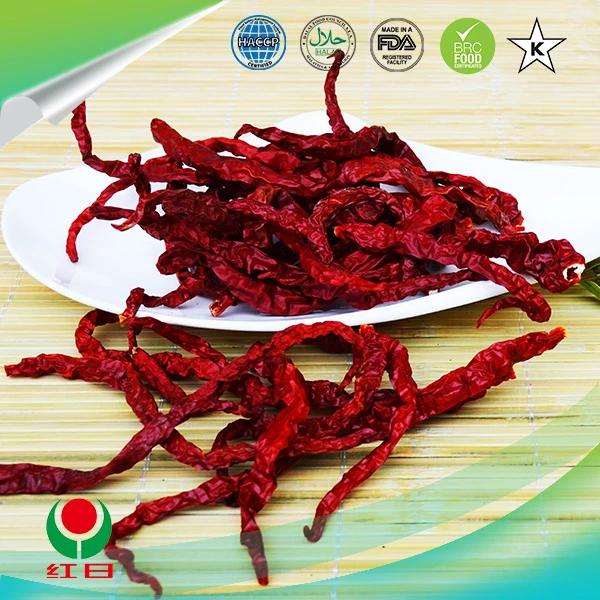- No. 268 Xianghe Street, Economic Development Zone of Xingtai city, Hebei 054001 China
- Byron@hbhongri.cn
dried chilis
The Vibrant World of Dried Chilis
Dried chilis have long been a staple in cuisines around the globe, celebrated for their ability to enhance flavors, add heat, and provide a burst of color to dishes. From the spicy cayenne to the smoky chipotle, these little pods offer an array of tastes and aromas that have captivated cooks and food lovers alike. This article delves into the fascinating world of dried chilis, exploring their varieties, culinary uses, health benefits, and the cultural significance they hold.
Varieties of Dried Chilis
The diversity of dried chilis is astounding. One of the most well-known varieties is the Ancho chili, which is the dried version of the Poblano pepper. Anchos are characterized by their dark, wrinkled skin and have a mild sweetness with hints of chocolate and dried fruit. On the spicier end of the spectrum, we have the Arbol chili. These slender, red chilis pack a punch, delivering a sharp heat that can elevate any dish. The Chipotle, which is a smoked and dried Jalapeño, is another favorite, known for its distinct smoky flavor that adds depth to sauces and marinades.
Each chili offers unique flavor profiles and heat levels, which are often measured on the Scoville scale. This scale quantifies how spicy a pepper is based on the concentration of capsaicin, the compound responsible for the heat. For example, a bell pepper registers a zero on the Scoville scale, while the Bhut Jolokia, or ghost pepper, can reach over a million units, making it one of the hottest in the world.
Culinary Uses
Dried chilis are not just for adding heat; they are essential components in a variety of culinary traditions. In Mexican cuisine, dried chilis are commonly rehydrated and blended into salsas, mole sauces, and marinades, imparting rich flavors that define the cuisine. In Indian cooking, they are often ground into powders or used whole in tempering, adding complexity to curries and dals. Likewise, in Middle Eastern dishes, dried chilis are utilized in spice blends like harissa, contributing both heat and aromatic qualities.
dried chilis

One of the joys of working with dried chilis is the ability to customize dishes according to personal taste. A chef can control the heat level by adjusting the amount used, or by selecting specific varieties. They can also mix and match different chilis to create a harmonious balance of flavors and spices.
Health Benefits
Aside from their culinary prowess, dried chilis boast a wealth of health benefits. They are low in calories while being rich in vitamins A and C, which are crucial for maintaining a healthy immune system. The capsaicin found in chilis is known for its anti-inflammatory properties and has been linked to pain relief and metabolism enhancement. Furthermore, consuming spicy foods has been associated with a range of benefits, including improved heart health and weight management.
Cultural Significance
In many cultures, dried chilis hold more than just a culinary role; they have deep-rooted significance. They are often used in traditional rituals and celebrations, symbolizing protection and the warding off of evil spirits. In Mexico, for instance, chilis are incorporated into ceremonies and are a core element of the country’s culinary identity.
In conclusion, dried chilis are a vibrant ingredient that enhances flavors, adds health benefits, and carries cultural significance. Their versatility in the kitchen makes them an essential component for chefs and home cooks alike. So, whether you prefer your meals mild or with a fiery kick, exploring the world of dried chilis is sure to add excitement to your culinary adventures.
-
Unlock the Power of Nature with Capsicum Oleoresin ExtractNewsJul.03,2025
-
Unleash the Heat: Discover the Wonders of Spicy Crushed Red PepperNewsJul.03,2025
-
Unleash the Flavor of Red Pepper Pods – Elevate Your Culinary Creations!NewsJul.03,2025
-
The Rich Flavor of Red Pepper Dried – The Ultimate Ingredient for Your Culinary Creations!NewsJul.03,2025
-
Discover the Rich Flavor of the PaprikaNewsJul.03,2025
-
Discover the Flavorful World of Paprika & Chili ProductsNewsJul.03,2025







